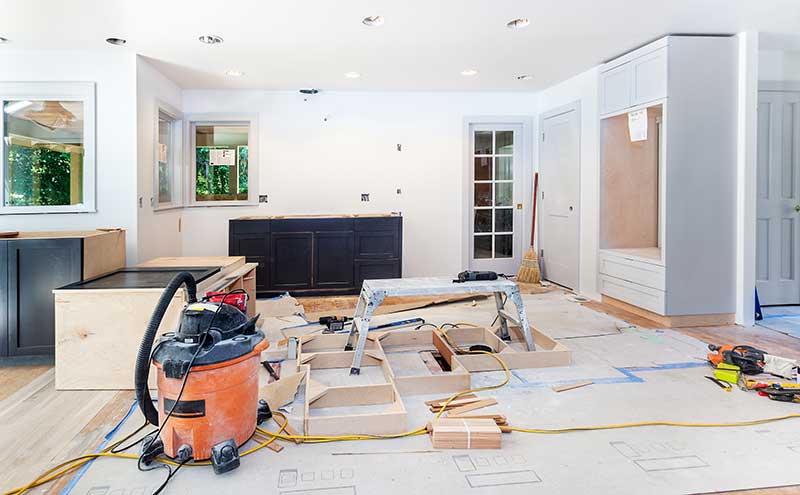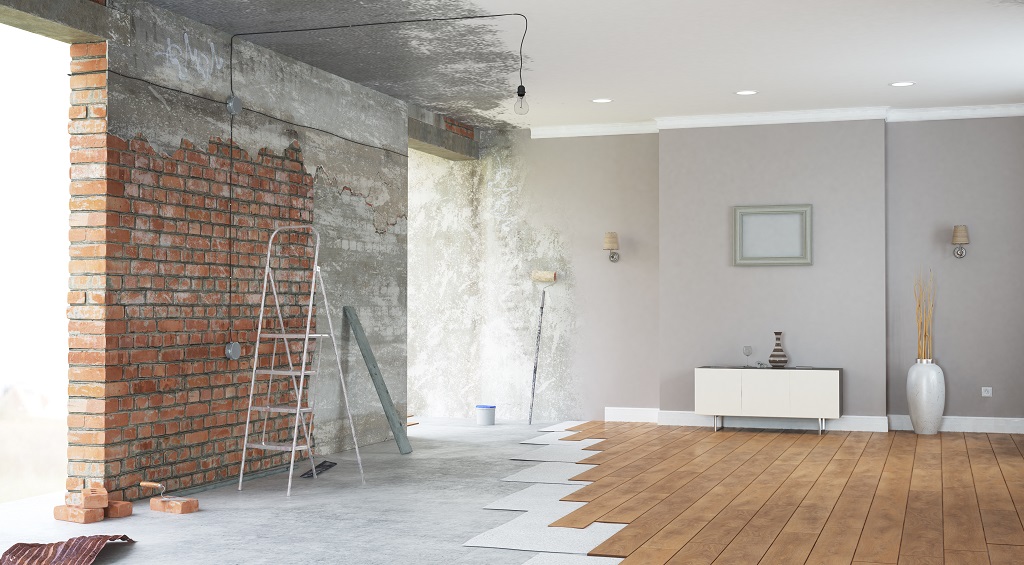Facing the aftermath of a powerful storm can be a daunting experience. The physical and emotional toll of property damage can be overwhelming. But remember, you’re not alone on this journey to recovery. In this article, we’ll guide you through essential home renovation tips for after-storm damage. When it comes to dealing with challenges like structural damage, mold growth, or insurance claims, remember that there are experts who can help you recover.
1. Assess the Damage
After the storm has passed, your first step is to assess the damage carefully. Safety should always be your top priority. Begin by ensuring that the immediate environment is safe to enter. Once it’s safe, document the damage extensively. Take photographs and notes, as this documentation will be crucial for insurance claims and future renovation planning.
Consider taking a room-by-room inventory of the damage. Note the condition of walls, ceilings, floors, and any valuable possessions that may have been affected. This detailed assessment will not only help in the renovation process but also serve as evidence for insurance purposes.
For a comprehensive assessment, consider seeking the expertise of professionals who can identify structural and mold damage accurately. They have the experience and tools to uncover hidden issues that may not be immediately visible.
2. Safety First
Safety should remain at the forefront of your renovation efforts. Storm damage can introduce various hazards, from electrical issues to structural instability. Address electrical hazards cautiously, and if you suspect any issues, it’s essential to contact a licensed electrician like Cowley for prompt and reliable assistance. Electrical problems can be especially hazardous and require the expertise of a professional.
When it comes to structural damage, it’s crucial to err on the side of caution. Avoid entering areas that may be compromised, as further collapse or injury can result. Consult with a structural engineer to assess the extent of damage and calculate the axial forces for the truss, providing guidance on necessary repairs..
Additionally, remember that when it comes to mold, safety is paramount. Mold spores can be harmful when inhaled or when they come into contact with skin. Professional mold remediation experts are equipped with proper safety gear and follow strict protocols to protect your health during mold removal.
3. Mold Remediation
Storm damage often leads to water intrusion, creating ideal conditions for mold growth. Mold can be harmful to your health and can compromise your home’s structural integrity. If you discover mold, it’s essential to act promptly.
Mold thrives in damp environments, often in hidden spaces such as within walls or beneath flooring. Identifying areas of mold growth requires a keen eye and, in some cases, specialized equipment. Professional mold remediation experts have the experience and tools necessary to locate and address all areas of mold growth comprehensively.
When it comes to mold remediation, it’s not just about removing visible mold; it’s also about addressing the root cause of the issue. Experts will identify and rectify the source of moisture that allowed mold to flourish in the first place, ensuring that mold does not return.
4. Water Damage Mitigation
Water damage is a common consequence of storm damage and can have far-reaching consequences if not addressed promptly and effectively. To prevent further damage and mold growth, it’s crucial to mitigate water damage swiftly.
Removing standing water should be a top priority. Stagnant water can seep into walls, flooring, and other materials, causing additional damage and promoting mold growth. Utilize pumps and dehumidifiers to remove excess moisture from affected areas.
Ensuring thorough drying and dehumidification is essential to prevent mold and structural issues. High humidity levels can create an environment where mold thrives. Restoration specialists can assist in this process, utilizing industrial-strength dehumidifiers and monitoring equipment to ensure that your home is free from residual moisture that can lead to ongoing problems.
5. Structural Repairs
Addressing structural damage is a fundamental aspect of storm damage renovation. Prioritize critical repairs to safeguard your home’s stability. Ensure that all structural work is performed by experienced contractors who understand the intricacies of restoring storm-damaged properties.
Structural damage can take various forms, from roof and wall damage to compromised foundations. Before undertaking any repairs, it’s essential to have a comprehensive assessment conducted by a structural engineer. They will provide detailed recommendations on the necessary repairs, ensuring that your home is structurally sound.
Professional contractors are well-versed in executing these repairs, whether it involves roof replacement, wall reinforcement, or foundation repair. They work meticulously to restore your home to its pre-storm condition, prioritizing safety and structural integrity.
6. Insurance Claims
Navigating insurance claims can be challenging, but it’s a crucial step in the recovery process. Document all damage and expenses meticulously, and communicate effectively with your insurance company.
When documenting damage, be thorough in your record-keeping. Keep a detailed log of all interactions with your insurance company, including phone calls, emails, and written correspondence. Document any expenses related to temporary accommodations, meals, and transportation necessitated by storm damage.
Public adjusters can be immensely helpful in advocating for your interests during the insurance claims process. They possess in-depth knowledge of insurance policies and can negotiate on your behalf to ensure that you receive a fair settlement.
7. Energy-Efficient Renovations
As you embark on renovations, consider the opportunity to make energy-efficient improvements. Upgrading insulation, windows, and appliances can not only enhance your home’s energy efficiency but also reduce long-term operating costs. Energy-efficient renovations are an investment in the sustainability and comfort of your home.
Energy-efficient renovations can include the installation of high-efficiency windows and doors that better insulate your home. These upgrades can significantly reduce heating and cooling costs while enhancing comfort.
Adding or upgrading insulation in your walls, attic, and basement can further improve energy efficiency. Insulation helps maintain a consistent indoor temperature, reducing the workload on your heating and cooling systems.
Replacing outdated appliances with energy-efficient models can also yield substantial savings over time. Look for appliances with ENERGY STAR® certification, which indicates superior energy efficiency.
8. Final Inspections
Before considering your renovation complete, conduct final inspections to ensure that all repairs and renovations meet local building codes. Verify the effectiveness of mold remediation and ensure that your home is safe and structurally sound. Professional inspections are invaluable in ensuring the quality and safety of your renovation efforts.
Final inspections involve a comprehensive review of all completed work. Building inspectors will assess whether repairs and renovations comply with local building codes and regulations. Ensuring that your home meets these standards is essential for safety and future resale value.
When it comes to mold remediation, professional inspectors can perform air quality tests to verify that mold spore levels are within acceptable limits. They can also visually inspect treated areas to confirm that all mold has been effectively removed.
In conclusion, facing home renovation after storm damage is undoubtedly challenging, but with the right approach and support, you can rebuild and create a safe, comfortable, and resilient home. Remember that professionals in mold remediation and various other fields are here to assist you on this journey. Embrace the opportunity to not only restore but also enhance your home’s safety and efficiency, making it a secure haven for you and your loved ones.
Jennifer Bell is an avid old home restorer, DIYer, and writer for mold remediation specialists in the Philadelphia area.
 Lifeyet News Lifeyet News
Lifeyet News Lifeyet News





